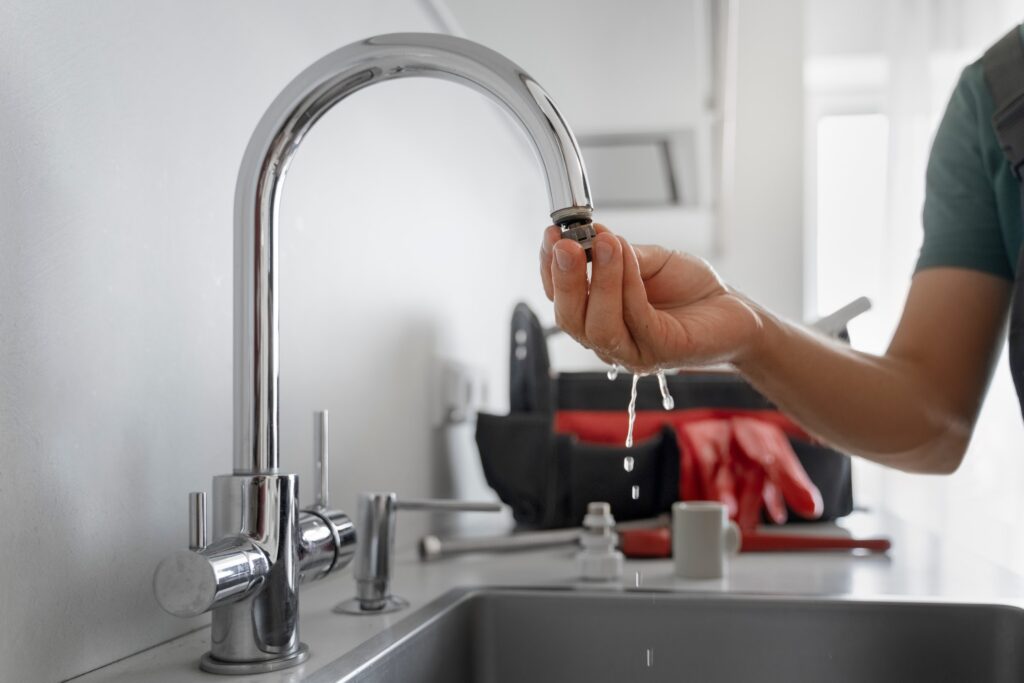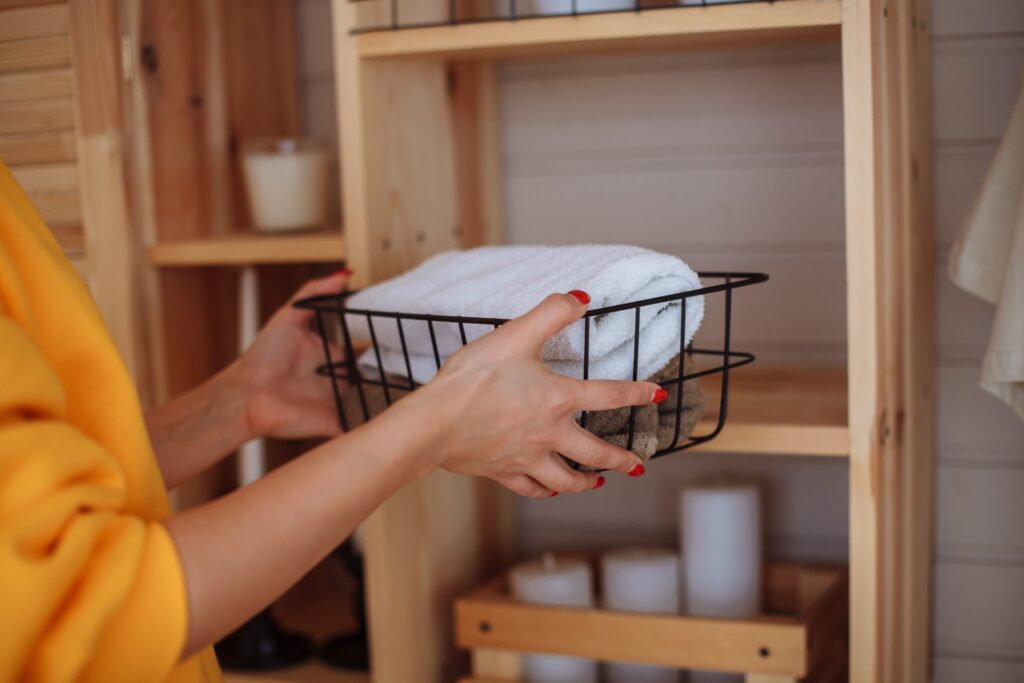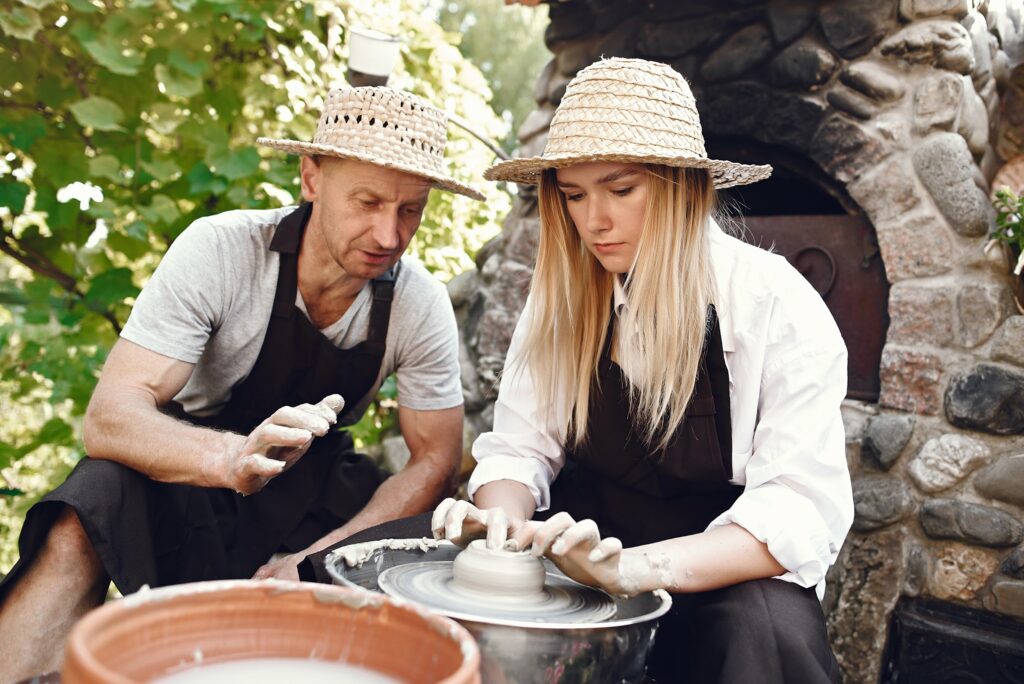Water is one of those things we take for granted, until we don’t have enough of it. As a short-term rental host, you may not think about your property’s water usage beyond paying the bill. However, small changes in how your guests use water can lead to big savings, not just for your wallet but for the planet.
In the vacation rental industry, where guests come and go, we can encourage responsible water use without compromising their comfort. In this article, we’ll show you how.
The importance of water conservation for short-term rentals
Water waste isn’t just an environmental issue—it’s a financial one. As a host, you’re already covering operational costs like electricity, cleaning, and maintenance. If your guests run long showers, leave taps on or use outdated appliances, those costs escalate quickly.
But it’s not just about the money. Many popular travel destinations, such as California, Spain, and Australia, face water shortages. If your rental is in one of these areas, being mindful of water use isn’t just good practice; it’s a necessity.
And let’s be honest: eco-conscious travel is trending. Guests are increasingly choosing to stay in places that focus on sustainability. Making water efficiency a priority in your rental isn’t only about resource conservation; it’s about getting a competitive edge in a crowded marketplace.
How your rental could be wasting water
Unless you are closely tracking your water usage, you’re likely wasting far more than you realize. Here’s where the majority of short-term rentals lose water (and cash):
- Leaky fixtures: That small leak in your kitchen faucet? It might be costing you hundreds of gallons a year. Multiply that by a few leaks, and suddenly, you’re paying for water nobody is even using.
- Inefficient toilets: Older toilets can use 3–5 gallons per flush, whereas newer models typically use only about 1.28 gallons. If you haven’t upgraded, your guests might be flushing away excess water each time they use the bathroom.
- Long showers: Guests on vacation love taking long, hot showers. But those extra 5–10 minutes per shower can add up to thousands of extra gallons a year, especially if you frequently host large groups.
- Laundry overload: Some guests request fresh towels daily, and some will even wash a half-load of clothes just because they can. If you offer in-unit laundry, you could be wasting water.
Outdoor overwatering: If your rental has a garden, lawn, or pool, your outdoor water usage may be soaring. Running sprinklers extra long, having a pool that needs to be refilled often, and having thirsty plants can all add up.

Practical ways to reduce water waste in your rental
Now, onto the good stuff: simple ways to cut back on water waste without sacrificing the guest experience.
1. Install water-efficient fixtures
Invest in low-flow showerheads, faucets, and toilets. These reduce water usage by up to 50% while maintaining good pressure. Your guests may not even notice a change, but your water bill will. Making this switch is a one-time investment that pays off in long-term savings.
2. Fix Leaks ASAP
Inspect faucets, toilets, and irrigation systems periodically for leaks. It doesn’t seem like much, but a dripping tap can waste in excess of 3,000 gallons a year. Silent toilet leaks are even worse, often going unnoticed while driving up your water bill. Make it a habit to inspect your property between guest stays and fix any small leaks before they become costly problems.
3. Establish a “quick & easy” towel reuse system
Hotels do it, and so can you. A simple sign that says, “Help us save water. Hang up your towel if you’d like to reuse it” prompts guests to reconsider asking for daily laundry. You can also provide a laundry basket labeled “For washing” to give guests an easy alternative. Not only does this save water, but it also reduces wear and tear on towels, keeping them fresher for longer.
4. Invest in an energy-efficient washing machine
If your rental has a washer, switch to an Energy Star-rated model. These use 40% less water than older machines, saving thousands of gallons annually. They also use less detergent and require fewer loads, which means less electricity and lower overall operating costs. If you use a cleaning service, let them know to wash only full loads to maximize efficiency.
5. Use smart landscaping
If you have outdoor space, consider drought-resistant plants over a thirsty carpet of grass. Additionally, use drip irrigation instead of sprinklers, which can waste a ton of water to evaporation. Adding mulch around plants will also help lock in moisture, reducing the need for frequent watering. And if you must water, doing it early in the morning or late in the evening prevents water loss due to heat.
6. Offer a friendly water-saving guide to guests
Place a small sign in the bathroom or kitchen with a message like: “We love keeping our home (and the planet) happy! Here are a few easy ways to help conserve water during your stay.”
Then list things like:
- Switch off taps when brushing teeth.
- Take showers of 5–7 minutes.
- Use the dishwasher only on full loads.
It’s not about making guests feel guilty—it’s about giving them an easy way to be part of the solution. You can even include a fun fact, like how a single dripping faucet can waste enough water in a year to fill a swimming pool.
7. Monitor usage with a smart water meter
If you really want to stay on top of things, consider installing a smart water meter. These devices monitor unusual water usage, such as leaks, and allow you to see how much water your rental is actually consuming.

The bonus perks of water conservation
Cutting down on water waste is good for the environment, your budget, and your rental’s reputation.
- Eco-friendly travelers love sustainable stays: You can attract responsible travelers by listing your water-saving features on your profile.
- Lower bills mean more profit: The less you spend on utilities, the more you keep from your rental income.
- Fewer maintenance headaches: Fixing leaks and upgrading fixtures prevents costly water damage in the long run.
Small steps for big water savings
You don’t need to overhaul your rental overnight, but even small tweaks can make a huge difference. From repairing leaks to promoting mindful water consumption, every action you take minimizes waste, saves money, and will make your rental more attractive to eco-conscious travelers.
However, tracking maintenance, upgrades, and guest habits can be challenging, especially if you manage multiple properties. Hosthub‘s advanced property management tools can streamline your rental operations, track expenses, and manage maintenance tasks.
Plus, automated messaging through Hosthub’s Unified Inbox with AI makes it easy to share water-saving tips with guests without lifting a finger. This World Water Day, take a step toward a more sustainable business. Start a free 14-day trial or request a demo today!





